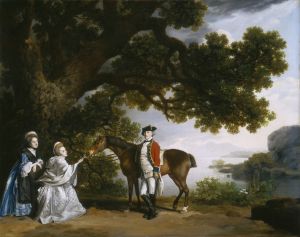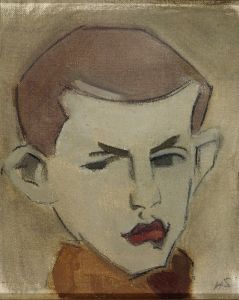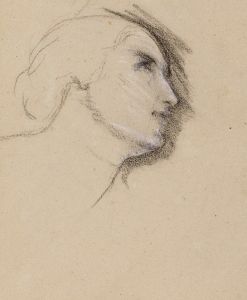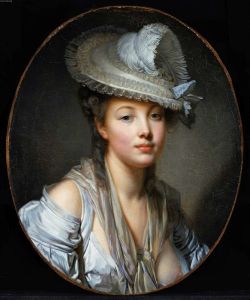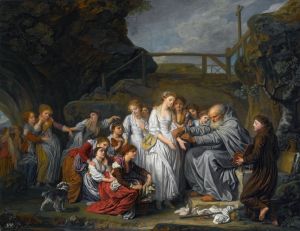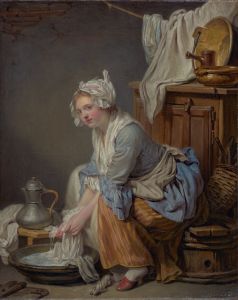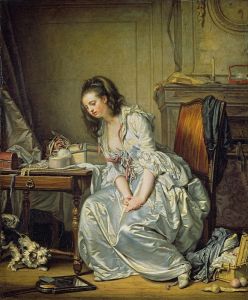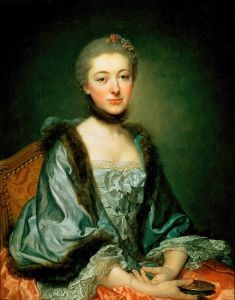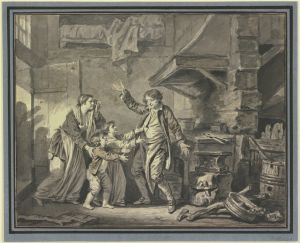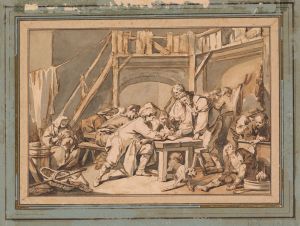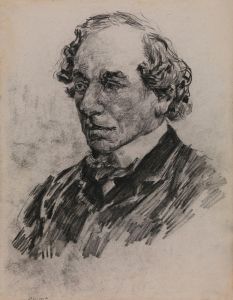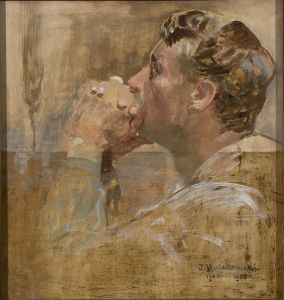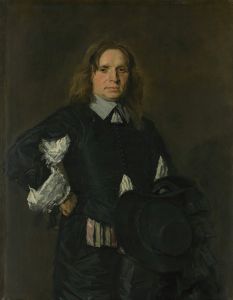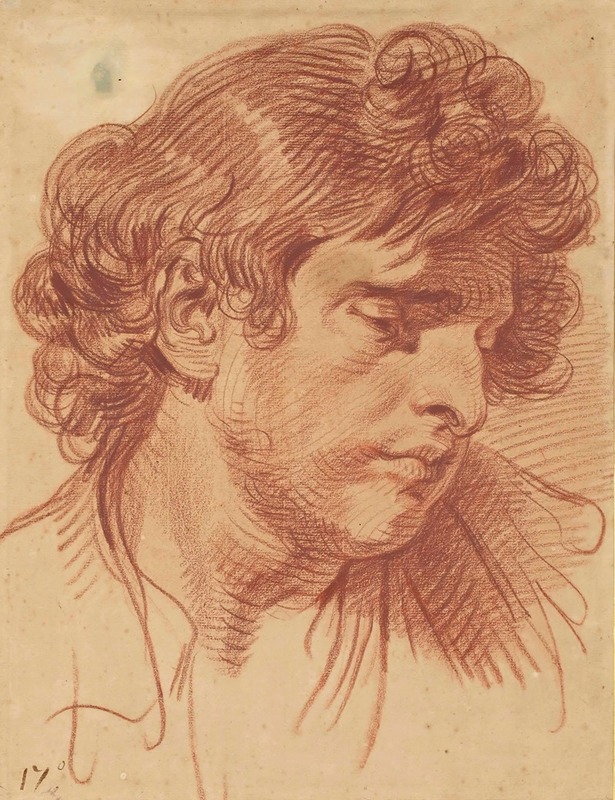
Tête d’homme aux cheveux bouclés
A hand-painted replica of Jean-Baptiste Greuze’s masterpiece Tête d’homme aux cheveux bouclés, meticulously crafted by professional artists to capture the true essence of the original. Each piece is created with museum-quality canvas and rare mineral pigments, carefully painted by experienced artists with delicate brushstrokes and rich, layered colors to perfectly recreate the texture of the original artwork. Unlike machine-printed reproductions, this hand-painted version brings the painting to life, infused with the artist’s emotions and skill in every stroke. Whether for personal collection or home decoration, it instantly elevates the artistic atmosphere of any space.
"Tête d’homme aux cheveux bouclés" (Head of a Man with Curly Hair) is a painting by the French artist Jean-Baptiste Greuze. Greuze, born on August 21, 1725, in Tournus, France, was a prominent painter known for his genre scenes, portraits, and moralizing subjects. He became one of the leading figures in French art during the 18th century, particularly noted for his ability to capture human emotion and character in his works.
The painting "Tête d’homme aux cheveux bouclés" is a striking example of Greuze's skill in portraiture. It depicts the head of a young man with curly hair, rendered with meticulous attention to detail and a keen sensitivity to the subject's expression. The work is characterized by its realistic portrayal and the lifelike quality of the sitter's features, which is a hallmark of Greuze's style.
Greuze's approach to portraiture often involved a focus on the psychological depth of his subjects, and "Tête d’homme aux cheveux bouclés" is no exception. The young man's face is expressive, capturing a moment of introspection or contemplation. The curls of his hair are rendered with a delicate touch, emphasizing the texture and volume, which adds to the overall realism of the piece.
Jean-Baptiste Greuze was trained at the Académie Royale de Peinture et de Sculpture in Paris, where he studied under Charles-Joseph Natoire. He first gained significant recognition with his painting "Father Reading the Bible to His Children" in 1755, which was well-received at the Salon, the official art exhibition of the Académie. Greuze's success continued with a series of genre paintings that depicted everyday life with a moralizing tone, such as "The Village Bride" and "The Broken Jug."
Throughout his career, Greuze's work was celebrated for its emotional depth and technical proficiency. He was particularly adept at capturing the subtleties of human expression, which is evident in "Tête d’homme aux cheveux bouclés." The painting exemplifies his ability to convey the inner life of his subjects through their outward appearance.
Greuze's influence extended beyond his lifetime, as his works continued to be admired and studied by subsequent generations of artists and art enthusiasts. His contribution to the development of portraiture and genre painting in the 18th century remains significant, and "Tête d’homme aux cheveux bouclés" is a testament to his enduring legacy.
The painting is part of a broader body of work that showcases Greuze's versatility and mastery of different subjects and styles. While he is best known for his genre scenes, his portraits, such as "Tête d’homme aux cheveux bouclés," highlight his ability to capture the essence of his sitters with remarkable precision and empathy.
In summary, "Tête d’homme aux cheveux bouclés" by Jean-Baptiste Greuze is a notable example of 18th-century French portraiture. The painting reflects Greuze's exceptional skill in rendering human emotion and his keen attention to detail, making it a significant work in the artist's oeuvre and in the history of art.





